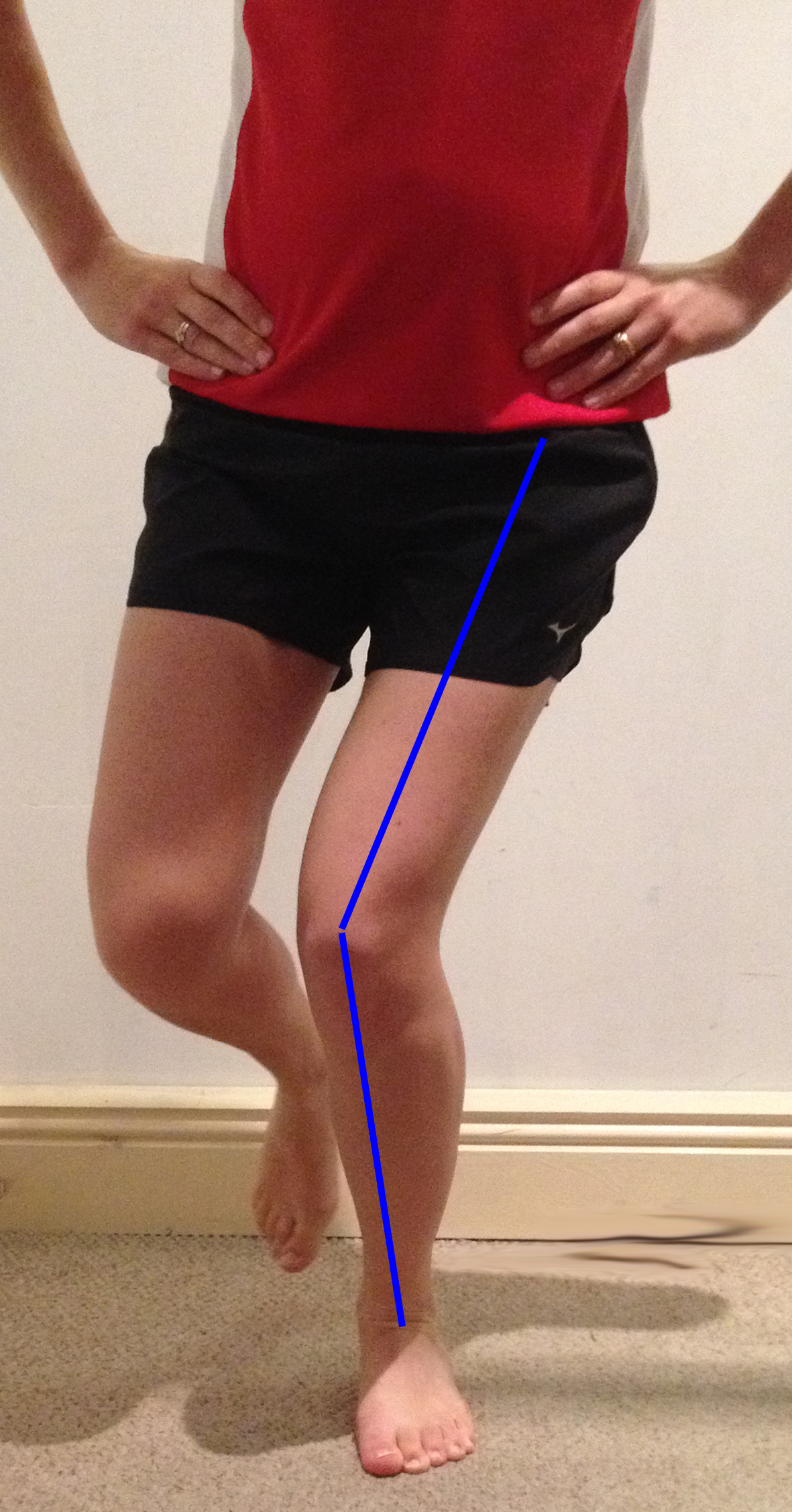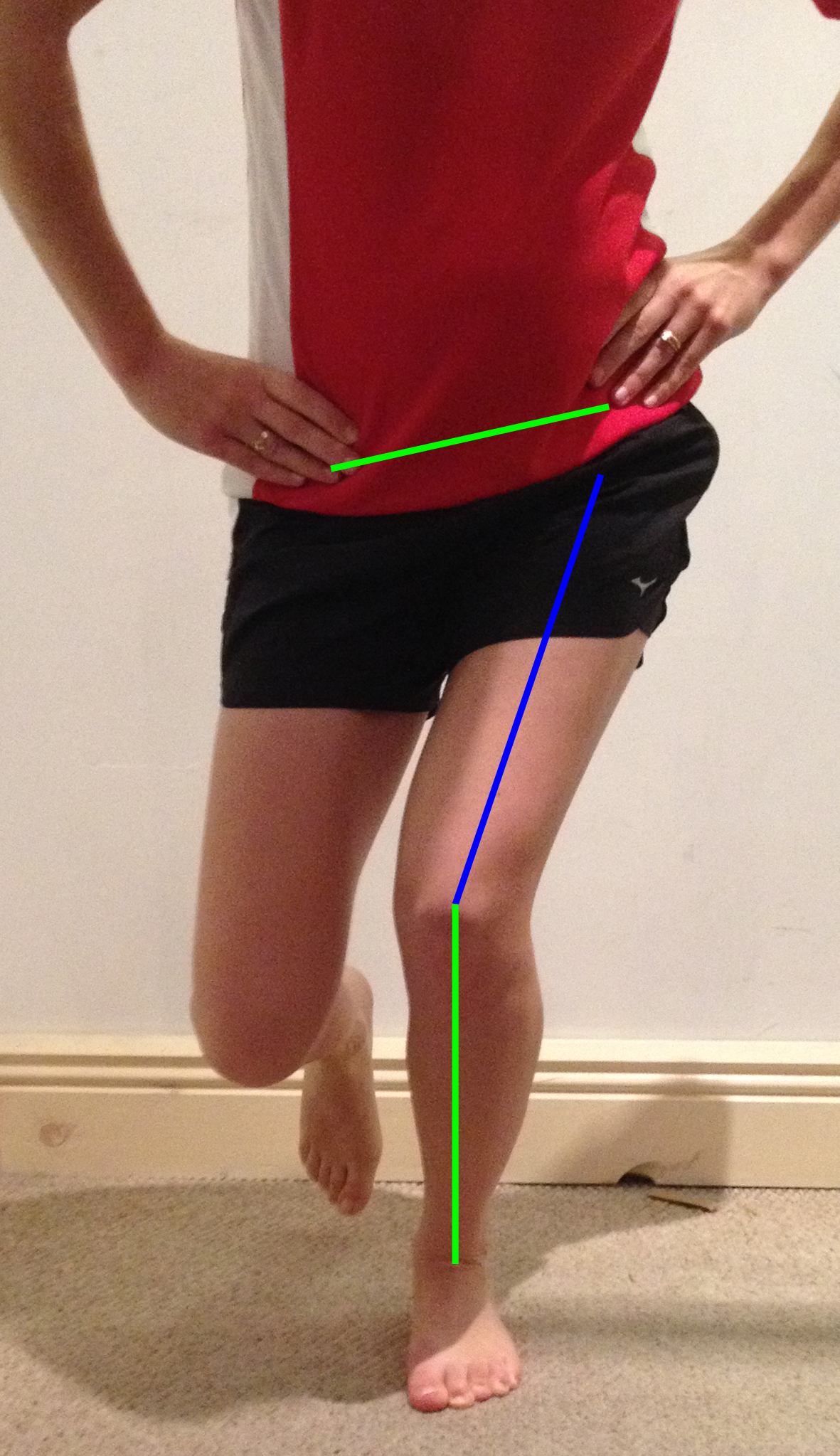Patellofemoral knee pain "Runners Knee"
- 11 September 2014
- Laura Dutton
What is Patellofemoral pain?
Patellofemoral pain or anterior knee pain is pain at the front of the knee under or around the knee cap (patella) and it occurs when there is abnormal load on the patella against the femur. The patella glides along a groove on the femur bone when we bend and straighten our knee like a train on the rails. When the patella comes off track like the train off the rails there are problems hence pain. In addition, when the patella comes off track the surrounding structures around the patellofemoral joint can be irritated in some way such as the ITB, bursa, fat pad, plica etc. Once irritated this can also be a common cause of pain.
What causes Patellofemoral pain?
In most cases the knee is a VICTIM of either weakness/mal-alignment of the hip or foot as it simply sits in the middle of the hip and ankle/foot joints. Therefore, the foot or hip are normally involved in bringing about the rotation of the knee and the knee then pays the price. Image 1 below shows normal alignment and normal loading in the knee = happy knee. Images 2 and 3 below show a knee that is out of alignment. It is clear in image 3 that pelvic/hip weakness is bringing about inward rotation of the thigh and knee which places abnormal load on the knee = not so happy knee out of alignment.
1  2
2  3
3 
- Abnormal load is most commonly caused by an altered/poor lower limb alignment, or tight structures such as the ITB, hamstrings, calf and quadriceps. However there may be congenital factors such as the structure of the patella or the groove in the femur being too shallow where the patella sits into.
- The common 'Too much too soon' with training is a common overload trigger that is likely to bring about pain in the knee particularly if there is also some biomechanical factors too.
- Being female and having a larger pelvis than a males, puts more of a pull of the muscles from the pelvis (quadriceps) on the patella contributing to taking it off track.
- Hyper flexibility syndrome can also place too much strain on the patella as the knee joint has less stability and it is more likely to hyperextend therefore pushing the patella back onto the femur and hence placing more load on the patella.
What are the signs and symptoms?
- Pain at the front of the knee
- There may be pain associated with squatting, kneeling and walking/running downhill or coming downstairs
- Swelling may occur around the patella
Assessment of Patellofemoral pain
Assessment of the knee will include lower limb alignment tests taking into account the hip/pelvic posture, foot posture and knee position. Assessment will also yield any tight structures that may be acting on the patella/knee. Careful palpation and special tests can be carried out to find out the source of pain around the knee such as the patella itself, bursa, fat pad, patella ligaments/retinaculum etc.
Treatment of Patellofemoral pain
Depending on the findings from the assessment, treatment will be aimed at correcting the lower limb alignment with certain lower limb alignment exercises, gluteal strengthening, foot strengthening, soft tissue mobilisation of the tightened structures acting on the patella, kinesiology taping, acupuncture, ultrasound and gait re-education.

About Laura Dutton
Laura Dutton Physiotherapist


 2
2  3
3 